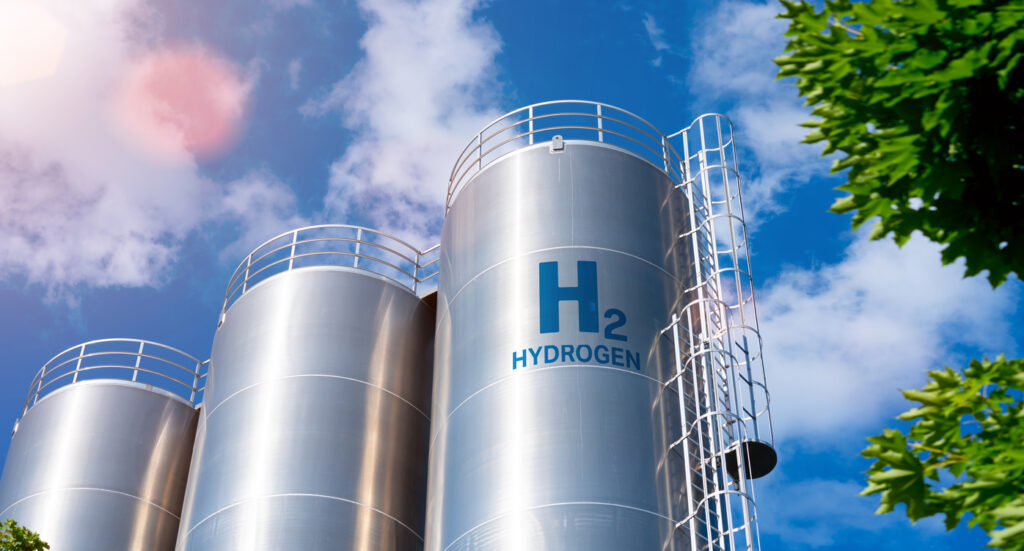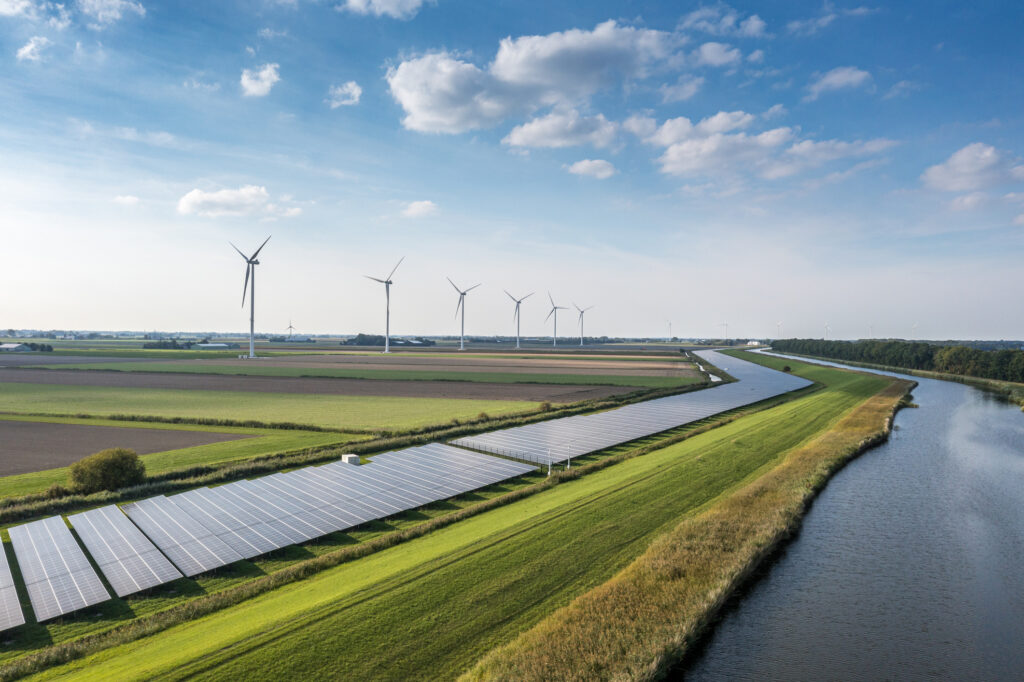In her first Budget last week, Chancellor Rachel Reeves confirmed that some of the newly capitalised National Wealth Fund will be used to support 11 green hydrogen projects. “Today, I am providing funding for 11 new green hydrogen projects across England, Scotland and Wales,” Reeves said. “They will be amongst the first commercial-scale projects anywhere in the world.”
What is the National Wealth Fund?
The National Wealth Fund will mobilise billions of pounds of investment in the UK’s world-leading clean energy and growth industries, and support the delivery of the government’s new Industrial Strategy. More information can be found on the gov.uk website.
What are the 11 green hydrogen projects?
The 11 projects are:
- Barrow Green Hydrogen
- Bradford Low Carbon Hydrogen
- Cromarty Hydrogen
- Green Hydrogen 3
- HyBont
- HyMarnhan
- Langage Green Hydrogen
- Tees Green Hydrogen
- Trafford Green Hydrogen
- West Wales Hydrogen
- Whitelee Green Hydrogen
However, these 11 projects are hardly “new” – they are, in fact, the 11 HAR1 projects, representing 125 MW of capacity, which were previously announced by the Conservative government in December last year. Since that HAR1 announcement, however, the sector has been vocal about funding delays, unanticipated regulatory hurdles and a lack of clarity around government policy. The result has been that none of these HAR1 projects have so far reached a final investment decision (FID) nearly a year later.
With the change of government, and Labour’s stated intentions around clean energy, this is the first realistic opportunity to demonstrate the government’s commitment to these clean energy sectors.
HAR1 funding
The government is also set to award up to 875 MW in capacity in the HAR2 round in the coming weeks, so the hydrogen sector was keen for signs of support in the Budget. To go with the announced HAR1 funding, the Budget also confirmed £5bn of the initial £8.3bn announced for GB Energy will be allocated to fund project investment, with a particular focus on less established technologies. This potentially will also benefit the hydrogen sector.
The government also hopes that having committed £27.8bn to the National Wealth Fund, this could lead to some £70bn in private investment, some of which will also be targeted at hydrogen production and the supply chain.
What now?
It is now even clearer that these positive signals of intent must be backed up by action from the Treasury and other government departments to get all of these long-delayed projects through to completion.





